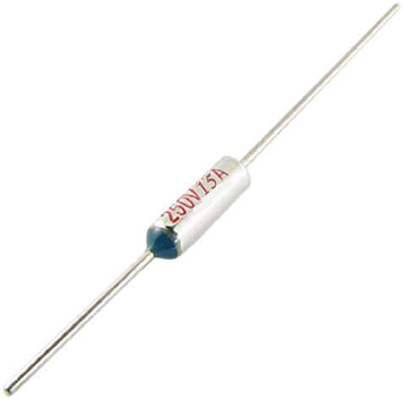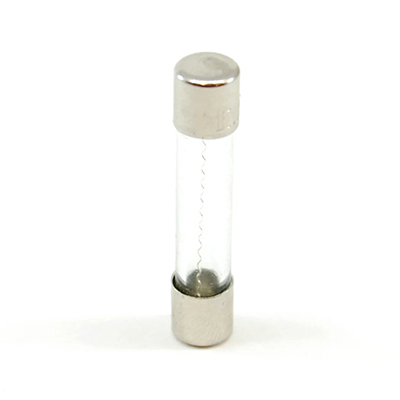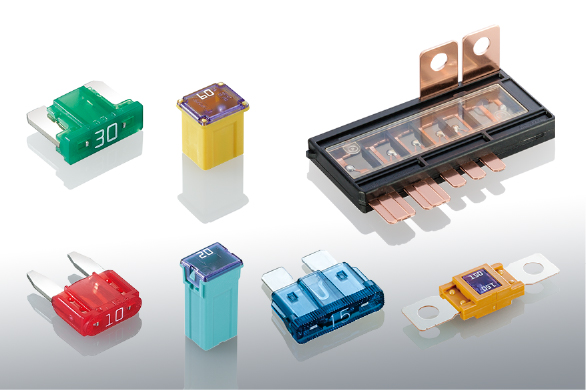Automotive Glass Fuses: Critical Protection for Motorcycle Circuits
News 2025-10-27
Automotive glass fuses play a vital role in safeguarding motorcycle electrical systems by interrupting excessive current flow and preventing damage to components. These fuses consist of a glass tube enclosing a thin metal wire that melts when overloaded, offering a simple yet effective protection mechanism. In motorcycles, where space is limited and reliability is paramount, glass fuses are commonly integrated into wiring harnesses, fuse boxes, and various circuits to protect lights, ignition systems, and charging mechanisms. Understanding their function helps enthusiasts and mechanics maintain optimal performance and safety on the road.

Glass fuses are widely used in motorcycles for protecting specific circuits such as headlights, taillights, and horn systems. Their compact size allows easy installation in tight spaces, making them ideal for modern bike designs with intricate wiring. In addition, they serve critical roles in accessory circuits, including GPS units and audio systems, ensuring that a fault in one area does not affect the entire electrical network. This targeted protection enhances the longevity of motorcycle components by isolating issues quickly and efficiently.
One key benefit of glass fuses is their transparency, which enables visual inspection to quickly identify a blown fuse without specialized tools. They also offer fast response times to overcurrent situations, minimizing potential damage to sensitive electronics in motorcycles. Compared to other fuse types, glass fuses provide consistent performance across a range of temperatures and vibrations, which is essential for the demanding conditions of riding. Their cost-effectiveness and ease of replacement further contribute to their popularity in both OEM and aftermarket applications.

